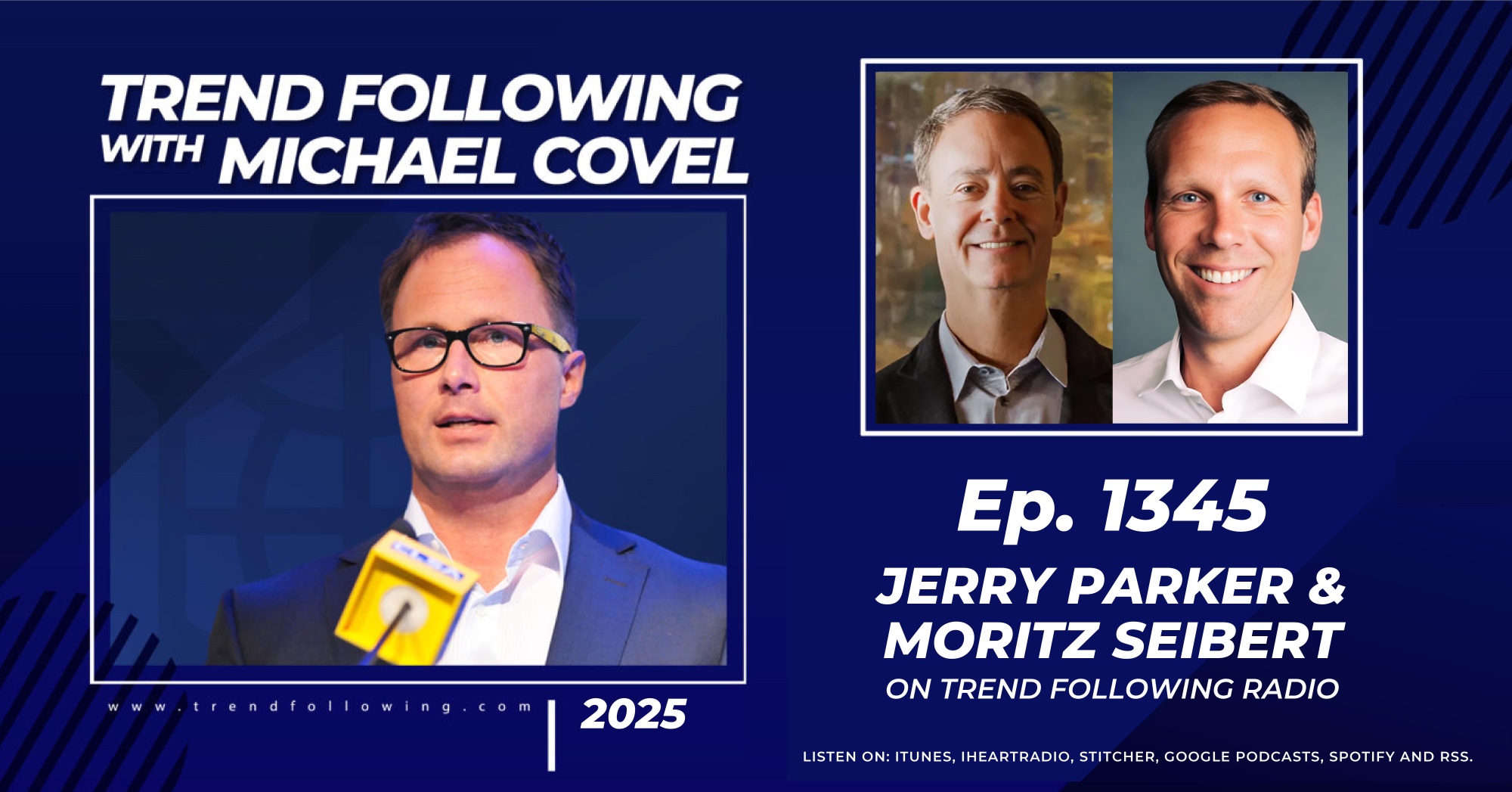Feedback in:
Hello Michael,
Apologies for the late follow up. Allow me to clarify where I am and where I hope to be.
I am a novice retail investor who recently completed a very useful technical analysis training. I still have not used it to do any form of day trading and instead am looking for profit taking strategies for my BTC. I have been fortunate enough to have had the wherewithal to make a 35% portfolio allocation in BTC when it was 30K in price. I have allocated 25% in traditional stocks focused on commodities (precious metals/agriculture/small cap energy stocks).
With the onset of wars and prospects of Digital Euro, European capital controls, I feel my portfolio is not balanced enough, not only in terms of types of securities but also in terms of strategy. More importantly I am coming to Trend Following having listened and profoundly aligned with [name] geopolitical outlook. For that very reason I receive his [name] substack market reports.
In order to get a basic understanding of Trend Following without having to commit several thousand, I am currently reading his book [name].
Here is the first question that pops out about Trend Following. In his book [name] makes a big deal about the distinction between traditional ‘buy low sell high’ thesis versus Trend Following. Yet he goes on to say that in Trend Following one buys close to when price action goes from bear to bull and vice versa. That is exactly what I have learned from my tech analysis training. I.e. When price action (two or more candlesticks) confirm on the moving averages acting as support or resistance for selling.
In his last report [name] indicated BTC as a strong buy or hold with a strength of 100%.
I am not expecting you to explain [name] report. Rather from an overall Trend Following perspective please explain the differences between buying low and selling high versus Trend Following concept of buying at the early stages of a bull cycle and selling at the early stages of a bear cycle?
How can Trend Following help with dollar cost averaging in or out? My previous training placed a heavy emphasis avoiding the temptation of trying to pin down the exact top or bottom. Instead use tools such as Fibonacci retracement levels to either incrementally take profits as price action falls below levels as resistance or dollar cost average into support levels. I am assuming Trend Following does not recommend one try to go in with large allocations?
With regards personal finance I was referring to portfolio allocation of funds. i.e.
Divide overall net worth and income from day to day living costs
To differentiate between the needs and wants
Expenses that bring value/joy from those that are frivolous
From that to determine what to allocate for investments, savings interest rates, btc staking, mining, stock dividends etc.
Also how different is your Trend Following strategy to [name]?
I thank you for your patience as I become clear on my decision.
Yours sincerely,
S. S.
Trend following is not candlesticks, cycles, early stages, dollar cost averaging, exact tops or bottoms, Fibonacci retracement, support levels or taking profits. I don’t see that you have any idea what trend following is. None at all. Start here.
How can you move forward immediately to Trend Following profits? My books and my Flagship Course and Systems are trusted options by clients in 70+ countries.
Also jump in:
• Trend Following Podcast Guests
• Frequently Asked Questions
• Performance
• Research
• Markets to Trade
• Crisis Times
• Trading Technology
• About Us
Trend Following is for beginners, students and pros in all countries. This is not day trading 5-minute bars, prediction or analyzing fundamentals–it’s Trend Following.


